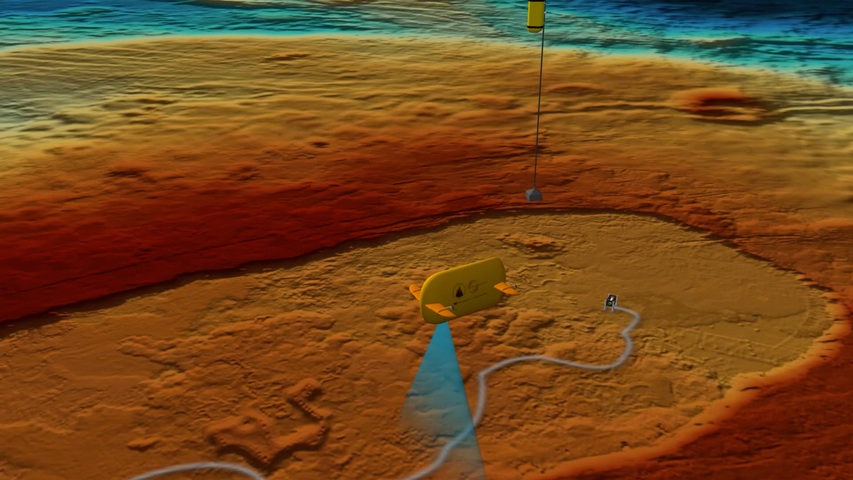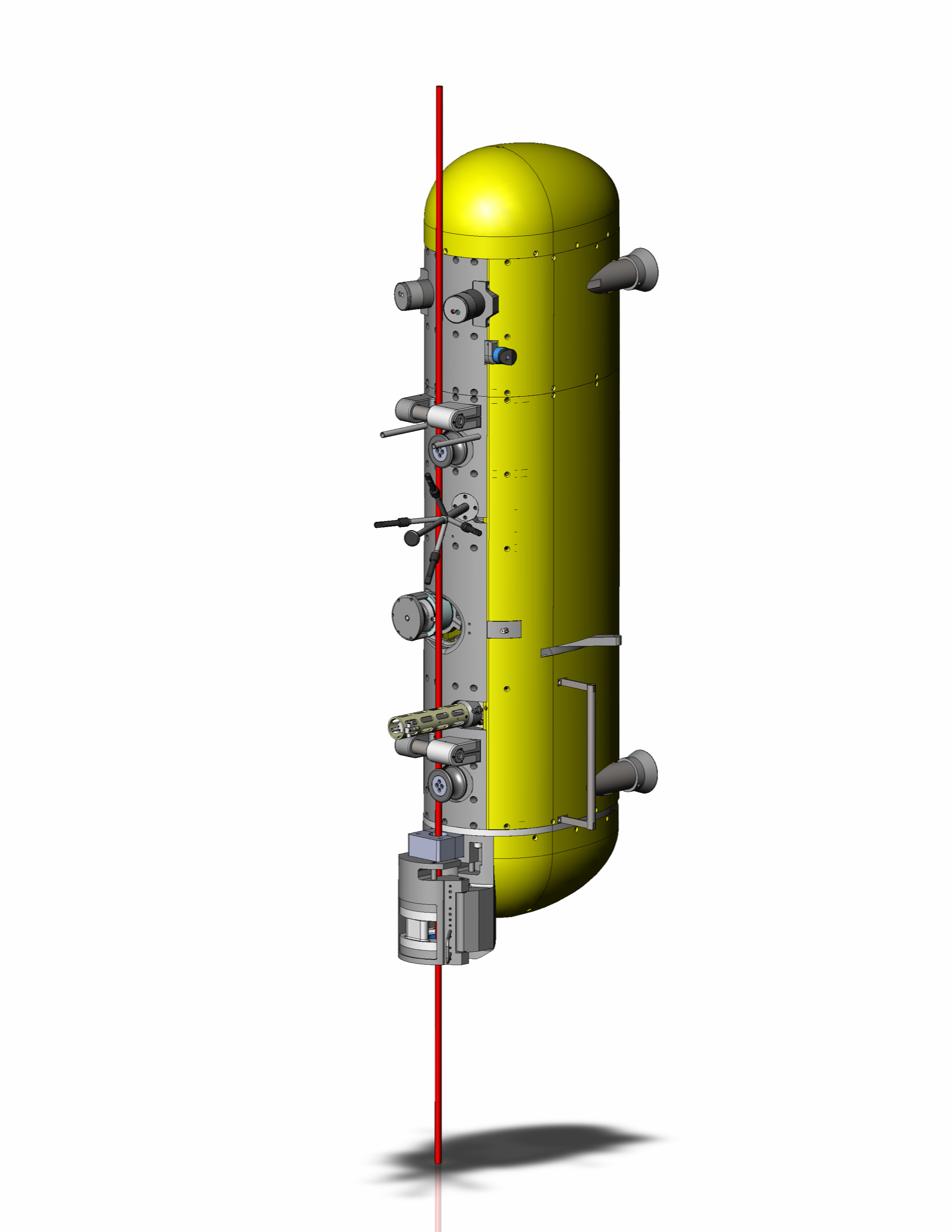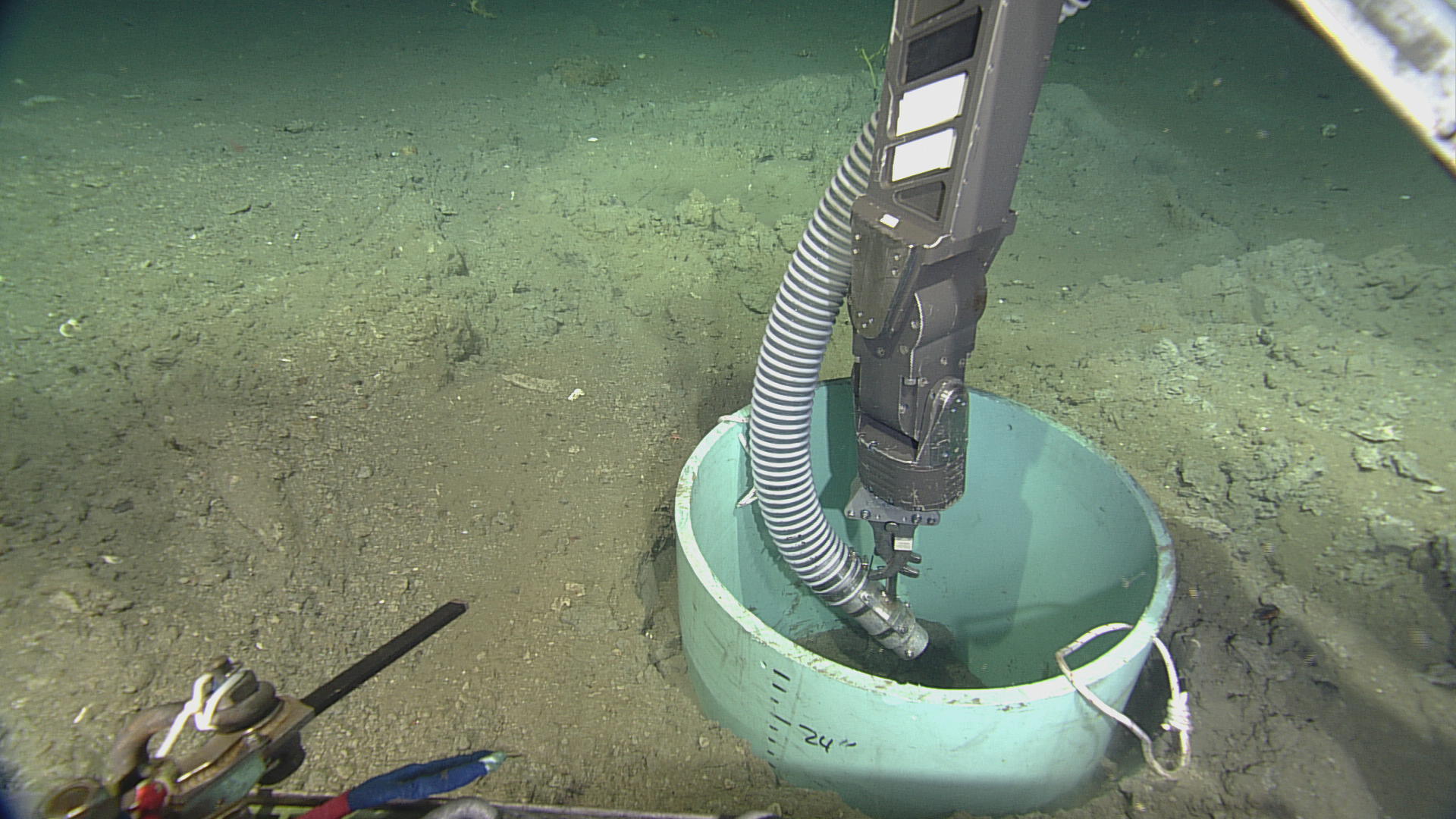Image Archive





























axialplanstart-poster

axialbox_v2-poster

axial_eruption_sentry_2_cat-poster

axial_ashes5-poster

exploring_a_deep_sea_volcano

A new generation of marine research and oceanographic discovery in the San Juan Islands

Visions'14 Application Image

An 8-hour record of profiler vehicle depth vs. time was sent out automatically in a daily report from the RSN Observatory Management System (OMS).

40-hour plot of water temperature vs. time and depth November 28 — 30, 2013.

The Deep Profiler vehicle being installed on the mooring cable at the Friday Harbor test site. The FHL Pump House, which contains the power supply and other shore equipment, is shown in the background.

The RSN Deep Profiler (DP) system is designed to collect oceanographic data profiles in water depths of up to 3000m. The DP system includes a modified McLane Mooring Profiler (MMP) vehicle that uses a motor traction drive to profile from near the sea surface to the seafloor along a tensioned mooring cable with a subsurface float. The system's dock assembly near the seafloor includes an inductive battery-charging dock for the vehicle battery, an inductive communication system that provides communications during profiling, and a Wi-fi antenna that provides high-speed communications while in the charging dock. The dock electronics will connect to the RSN power and fiber-optic data network using ROV-mateable underwater connectors. (Illustration by Nick Michel-Hart, University of Washington)

test

test

test

test

test

test

test

test

test

test

test

test

test

test

test

The ROV ROPOS suctions sediment out of a caisson for installation of a broadband seismometer. Once in place the caisson will be filled with silica beads to create a quiet environment. Credit: UW/NSF-OOI/CSSF; ROPOS Dive R1627; V14.

test
- Anemone
- Animal
- Arthropod
- ASHES
- Axial
- Axial Base
- Axial Biology
- Axial Caldera
- Bacteria
- Basalt Lava
- BEP
- Biofouling
- biolgoy
- Biology
- Camds
- Camera
- Camhd
- Central Caldera
- Ciliates
- Cnidaria
- Coastal Biology
- Crab
- Deep Profiler Mooring
- Dive Highlights
- Eastern Caldera
- Echinoderms
- Endurance Array
- Engineering Team
- ENLIGHTEN 10
- Exploratorium
- Fish
- Geology
- HD Camera
- HPIES
- Hydrate Ridge
- Hydrates
- Hydrophone
- Hydrothermal Vents
- Illustration
- Inshore 80 Meters
- Instrument
- International District
- J-BOX
- Jason
- Jellyfish
- Junction Box
- K12
- Lava
- Mollusk
- Moorings
- Nodes
- Nudibranch
- Octopus
- OOI
- Oregon Offshore
- Oregon Offshore 600 m
- Oregon Shelf
- Oregon Slope Base
- People
- PN1B
- PN1D
- Polychaetes
- PPSDN
- Primary Node
- RASFL
- ROCLS
- ROPOS
- ROPOS Dives
- ROV Team
- RV Revelle
- RV Sikuliaq
- RV Thompson
- Salp
- Sample
- SC13
- Science Team
- Sea Cucumber
- Sea Star
- Sea Urchin
- Seafloor
- Seismometer
- Sensors
- Shallow Profiler Mooring
- Shark
- Shipboard
- Shore Station
- Slope Base
- Smoker
- Soft Coral
- Southern Hydrate Ridge
- Sponge
- Squid
- Students
- Students & Guest Participants
- Tmpsf
- Tubeworms
- VISIONS 11 Leg 1
- VISIONS 11 Leg 2
- VISIONS 11 Viewers
- VISIONS 13
- VISIONS 14
- VISIONS 15
- VISIONS 16
- VISIONS 17
- VISIONS 18
- VISIONS 20
- VISIONS 22
- VISIONS 23
- Visualization
